If you have a Bird of Paradise plant, you may have noticed some brown spots on the leaves. This is a common problem for these plants, and there are several things that can cause it. In this blog post, we will discuss the causes of brown spots on Bird of Paradise plants, and we will also provide some tips on how to treat them.
Why Does My Bird of Paradise Have Brown Spots?
The most common reasons for brown spots on Bird of Paradise plants are fungal infection, over-fertilization, pest infestation, and edema. Fungal issues are usually the culprit, but any of these could be the cause.
Let’s discuss each of these causes in more detail.
1) Fungal Infection
If you notice that the brown spots on your plant are accompanied by fuzzy, white mold, then it is likely that your plant has a fungal infection.
But what causes fungal infection in the first place? There are several things that can contribute, including too much moisture, poor air circulation, and high humidity.
This means that if you live in an area with high humidity, or if you water your plants too often, you may be more likely to experience fungal infections. While Bird of Paradise does enjoy high humidity, they do not like to be constantly wet.
In addition, it is important to provide good air circulation for your plants. If you have Bird of Paradise plants that are growing indoors, make sure to position them near a window where they will get some airflow.
Finally, if you notice any other plants in your home that have a fungal infection, it is important to remove them from the area immediately. This will help to prevent the spread of the infection.
How to Treat Bird of Paradise with Fungal Infection?
Once you have determined that your plant has a fungal infection, you will need to take action to treat it. The first step is to remove any affected leaves. Once you have done this, you can treat the plant with a fungicide.
There are many different fungicides available on the market, so be sure to choose one that is specifically designed for Bird of Paradise plants. My favorite is neem oil (Amazon link), which is made from the neem tree and is a natural fungicide.
To use neem oil, mix it with water according to the instructions on the bottle. Then, use a spray bottle to apply it to the affected areas of your plant. Be sure to cover the entire plant, including the undersides of the leaves.

2) Over-Fertilization
Another common cause of brown spots on Bird of Paradise plants is over-fertilization. If you fertilize your plant too often, or if you use too much fertilizer, it can build up in the soil and damage the roots of your plant. This can cause a variety of problems, including brown spots on the leaves.
Here, the brown spots will look like scorches or burns. If you think that your plant has been over-fertilized, the first step is to flush the soil with water. This will help to remove some of the excess fertilizer from the roots.
Once you have done this, it is important to cut back on fertilization. Only fertilize your plant every few months, and be sure to use a light hand.
3) Pest Infestation
Another possible cause of brown spots on Bird of Paradise plants is pest infestation. If you notice that the brown spots are accompanied by small, dark insects, then it is likely that your plant has pests.
In fact, you will also likely notice small holes in the leaves, as well as a sticky substance on the leaves or stems. This sticky substance is called honeydew, and it is excreted by aphids and other pests.
Guess what loves eating honeydew? Ants! So, if you see ants on your plant, it is a good indication that there are pests present.
There are many different types of insects that can infest Bird of Paradise plants, including aphids, scale, and mealybugs. These pests will suck the sap from the leaves, which can cause them to turn brown. In addition, the honeydew that is excreted by the pests can encourage the growth of mold.
How to Treat Pest Infestation on Bird of Paradise?
So, how do you get rid of pests? The first step is to identify what type of pest is infesting your plant. Once you have done this, you can choose an appropriate pesticide.
There are many different pesticides available on the market, so it is important to choose one that is specifically designed for the type of pest you have. For example, if you have aphids, you can use insecticidal soap.
To use insecticidal soap, mix it with water according to the instructions on the bottle. Then, use a spray bottle to apply it to the affected areas of your plant. Be sure to cover the entire plant, including the undersides of the leaves.
You will need to reapply the insecticidal soap every few days until the pests are gone. Once they are gone, be sure to wash your plant with water to remove any residue.
4) Edema
Edema is a condition that can cause brown spots on the leaves of Bird of Paradise plants. It is caused by an imbalance in the roots, which causes water to build up in the tissues of the plant. This can cause the leaves to swell and turn brown.
Edema is most common in humid climates, or if the plant is not getting enough water. If you think that your plant has edema, the first step is to water it more frequently. You can also try moving it to a cooler, less humid location.
Should I Prune Brown Bird of Paradise Leaves?
It’s not always necessary to prune brown leaves off your Bird of Paradise plant. If the brown spots are caused by a nutrient deficiency, then pruning will not solve the problem. In fact, it may even make the problem worse.
If you do decide to prune the brown leaves, be sure to sterilize your pruning shears before using them. This will help to prevent the spread of disease.
To sterilize your pruning shears, dip them in a solution of one part bleach and nine parts water. Let them soak for at least five minutes, then rinse them with water and dry them with a clean cloth.
Once you have sterilized your pruning shears, cut off the affected leaves at the base of the plant. Be sure to dispose of the leaves in the trash, as they can harbor pests or diseases.
Again, it’s not necessary to prune brown leaves, but pruning for aesthetics is a personal choice. Your plant will not be harmed if you choose to prune.
Conclusion
As you can see, there are many different reasons why your Bird of Paradise plant might have brown spots on the leaves. However, don’t despair! With a little bit of detective work, you should be able to figure out the cause of the problem.
Once you know what is causing the brown spots, you can take steps to treat the problem. With the proper care, your plant will soon be looking as good as new!
Do you have a Bird of Paradise plant that has brown spots on the leaves? Have you been able to figure out what is causing the problem? Let us know in the comments below!
Tim is an avid gardener from the UK. He was the founder of PlantCarer.com from 2021 to Sep 2023. He sold PlantCarer.com to Aaron. He has since started his own business called Seed To Supper, which provides new gardeners all the materials you need in a box (pots, seeds, compost and instructions) to grow your own delicious and nutritious vegetables and herbs from start to finish – no garden required.



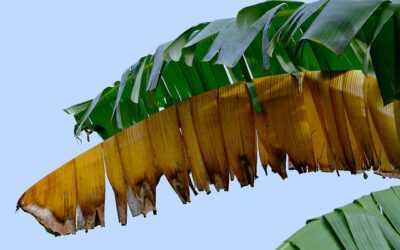

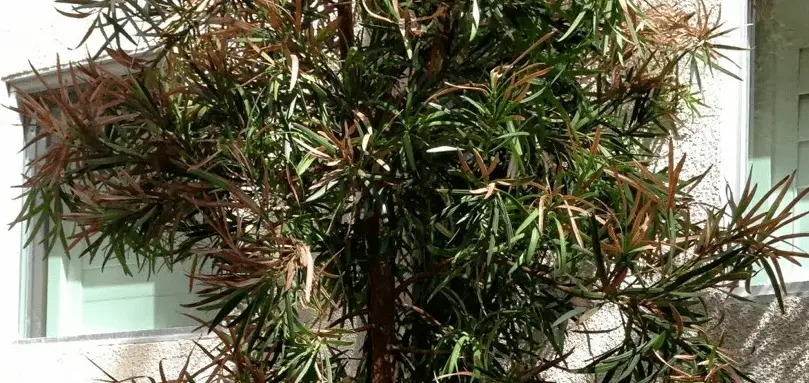
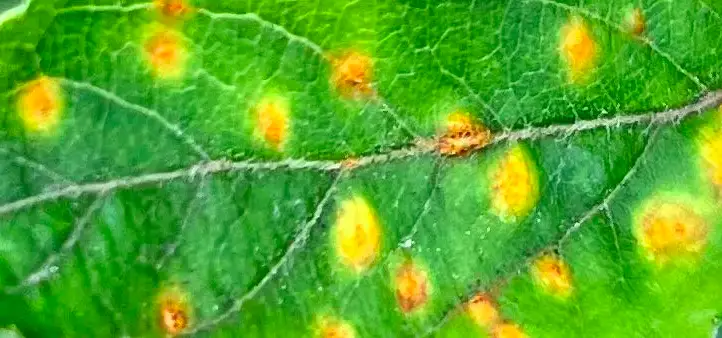
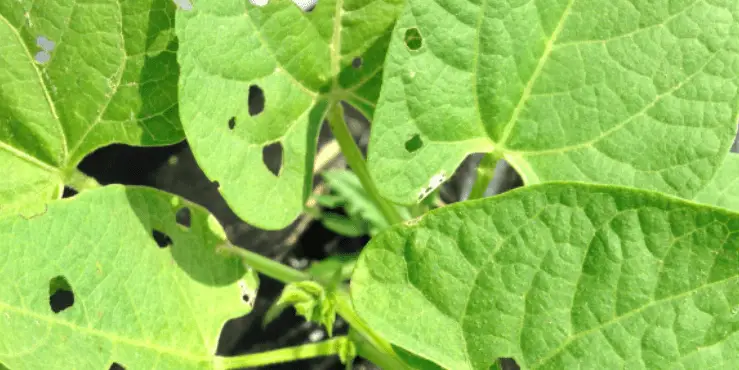
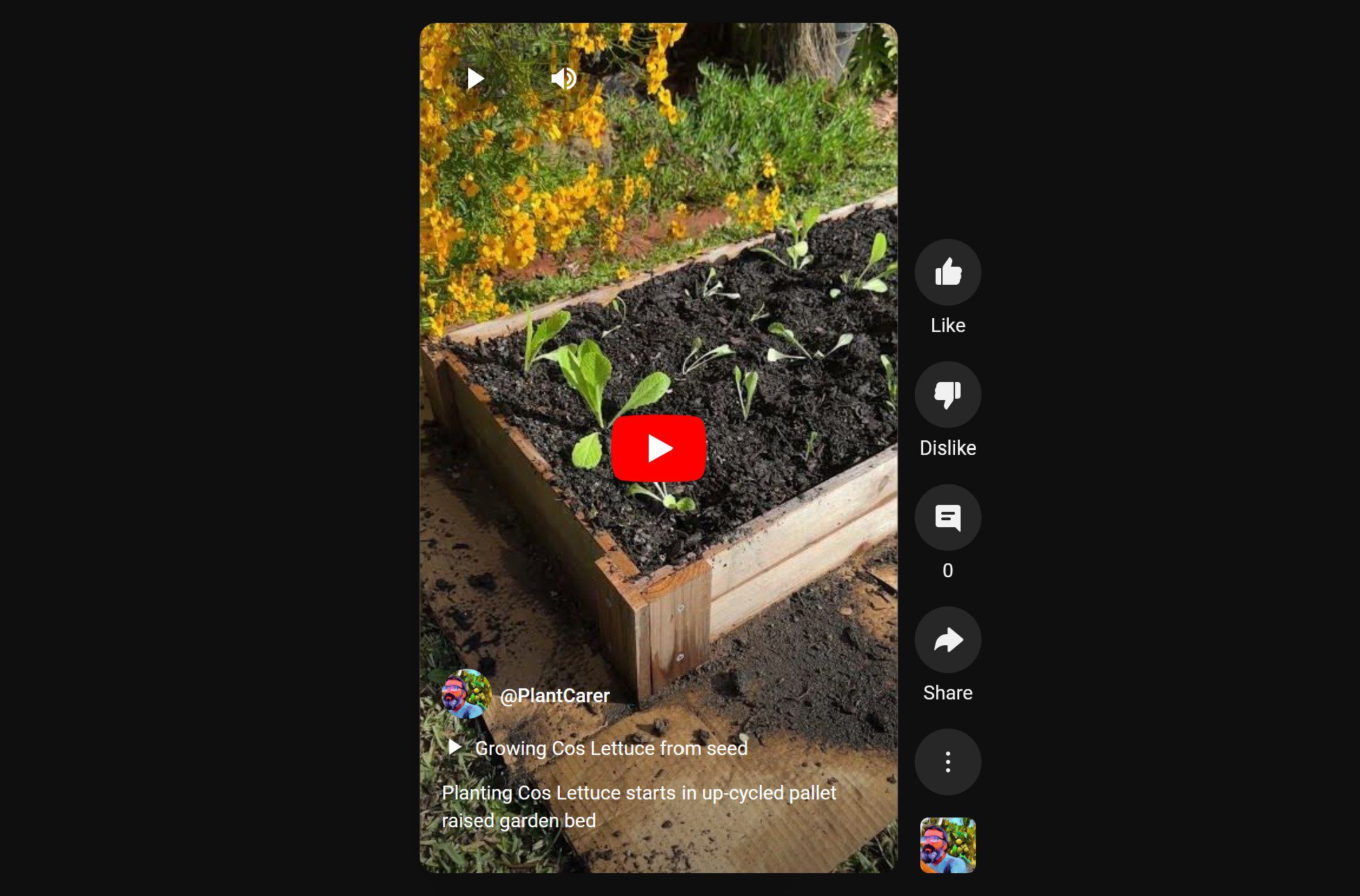
0 Comments